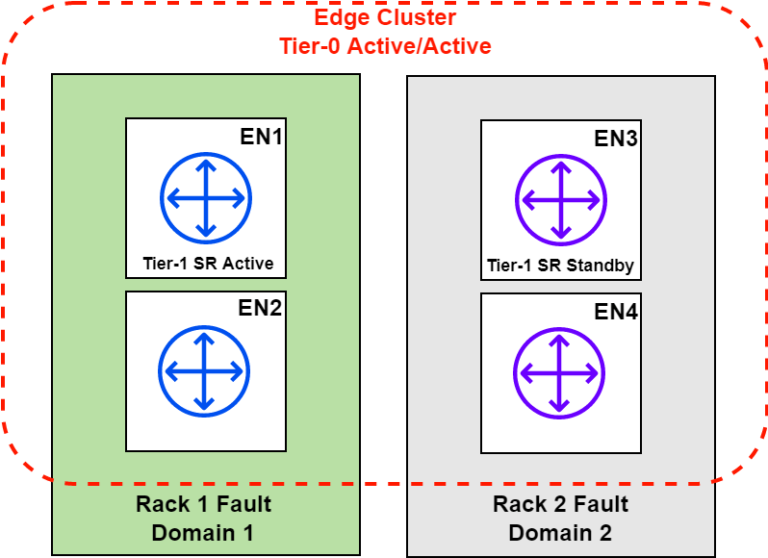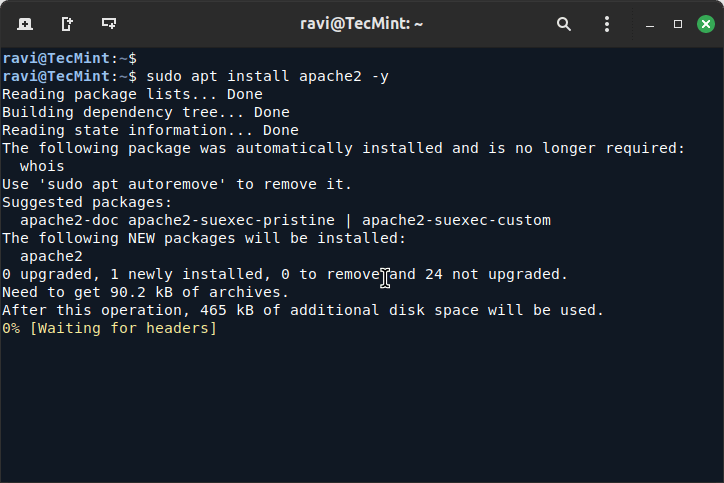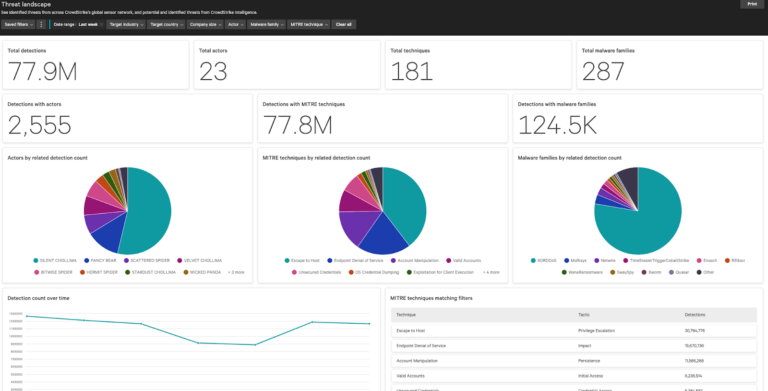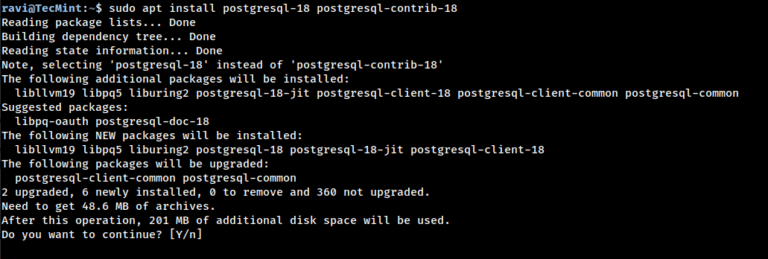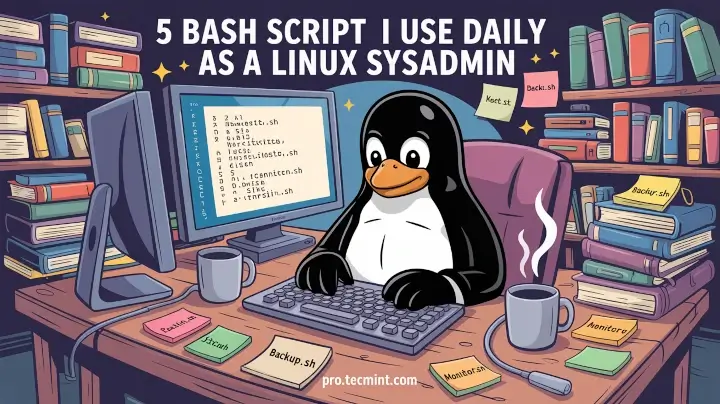ExPRT.AI is trained to rank vulnerabilities based on how likely they are to be exploited in the real world. Powered by years of CrowdStrike’s proprietary threat intelligence, adversary tradecraft, and real-time telemetry, the model doesn’t ask, “How bad is this vulnerability in theory?” It asks, “Would an attacker actually use this?”
With this information, it shares the real-world exploitability of each vulnerability so teams can focus on what’s likely to be used against them.
Most vulnerability management solutions still rely on static CVSS scores and generalized databases. These systems rank vulnerabilities based on severity of impact, not whether adversaries are actively targeting them. As a result, defenders typically prioritize the highest-severity issues — even if a lower-severity vulnerability is under attack in their environment. This approach leads to long patching queues, misallocated resources, and urgent risks flying under the radar.
Unless an organization addresses the root cause of multiple vulnerabilities, threat actors can repurpose similar techniques and quickly develop alternatives that bypass initial mitigations. Given this, it’s essential to understand the context of vulnerabilities when prioritizing patching.
Nearly 40,000 vulnerabilities were disclosed in 2024.1 Security teams are overwhelmed, especially those relying on outdated tools. ExPRT.AI, the native intelligence engine embedded in CrowdStrike Falcon® Exposure Management, is built to help teams prioritize which vulnerabilities are most urgent for them.
How ExPRT.AI Knows What Attackers Will Exploit
ExPRT.AI takes a fundamentally different approach than traditional scanning tools that still rely on static severity ratings, statistical projections, and legacy scanning infrastructure. It uses AI trained on years of threat intelligence from CrowdStrike Counter Adversary Operations, combined with observed exploit behavior and global telemetry across endpoints, cloud workloads, and identities. The result is a dynamic, transparent, and forward-looking exploitability score that indicates what attackers are most likely to target next.
Without real-world adversary telemetry, most vulnerability management tools are disconnected from attacker behavior. Their backward-looking threat feeds only assess risk after adversaries act. With shallow automation, their triage still depends on manual rules, tagging, and guesswork.
While CVSS score is an important factor, the decision to prioritize a patch should not be based on this score alone. In fact, attackers sometimes favor lower-severity vulnerabilities, in particular when chaining vulnerabilities — a method that allows adversaries to achieve remote code execution (RCE) by combining multiple exploits into a single attack.
ExPRT.AI does more than score vulnerabilities. It predicts which will be exploited, using live adversary signals, observed attack behavior, and AI trained on CrowdStrike’s proprietary threat intelligence. With ExPRT.AI, security can act faster to fix the vulnerabilities most critical to their environment.
As explained in the CrowdStrike 2025 Global Threat Report, exploit chaining undermines the severity score-based patching process that many businesses follow. While pre-authentication vulnerabilities receive out-of-band patches and are typically prioritized for patching, associated post-authentication exploits receive less attention and may be ignored. This could potentially allow the exploit to be chained with a different vulnerability later on to again achieve RCE.
The Mechanics of Prediction: Inside the ExPRT.AI Model
ExPRT.AI evaluates vulnerabilities in the context of real attacker tradecraft. And it gets smarter every day.
All the while, adversaries are getting faster: The eCrime breakout time has dropped to a low of 51 seconds, the CrowdStrike 2025 Threat Hunting Report found. SCATTERED SPIDER has accelerated from account takeover to ransomware in just 24 hours.
- How broadly the affected software is deployed across global environments
- Whether exploitation techniques are public or already weaponized
- How easy it is to execute (e.g., no user interaction, remote code execution)
- Whether it enables adversary objectives like persistence, lateral movement, or privilege escalation
To answer this, ExPRT.AI evaluates a blend of behavioral and environmental factors, including:

